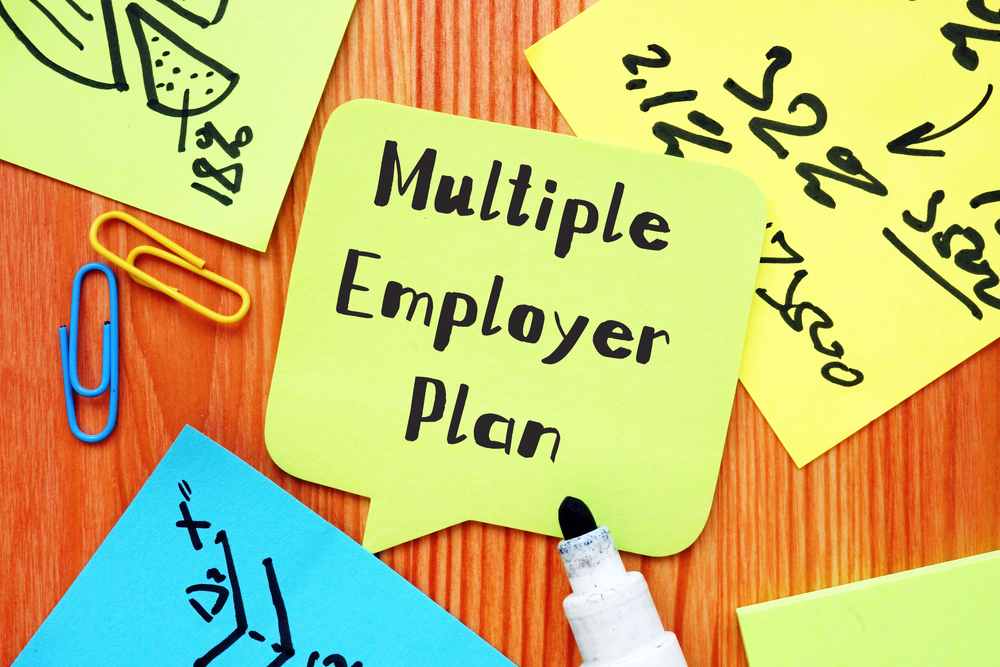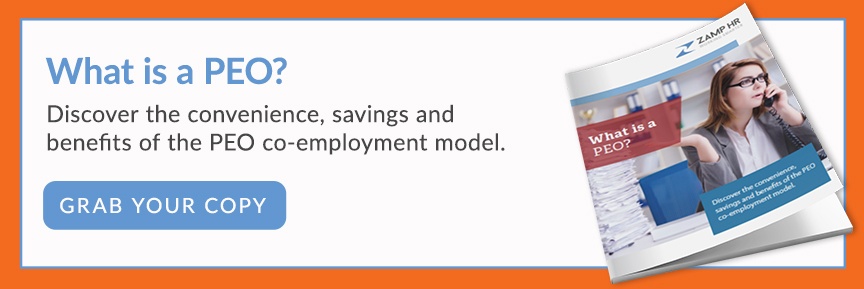Retaining top talent has been a sticking problem for many HR firms. It's harder for small and mid-sized companies who compete with the stunt-like perks offered by their larger counterparts. But as some businesses struggle with keeping their employees engaged, others have been able to recruit and retain high performers thanks in part to attractive pension plans.
However, most companies rarely get it right when planning their corporate pension strategy. Some choose to avoid the cost by not offering one entirely, citing other reasons like complexity and fiduciary liability. As one of the crucial staffing costs, it's easy to end up with a massive administrative burden when you're the sole plan sponsor of a retirement plan.
Thankfully, small businesses can cut costs by taking advantage of multiple-employer plans (MEP) and delegating the burden of running their retirement plan to a professional employer organization (PEO).
What Is a Multiple Employer Plan?
A multiple-employer plan allows two or more employers to join a single tax-qualified retirement plan. Its sponsored by a professional employer organization (PEO). The PEO establishes the plan, structures it like a 401(k), and offers it as a single plan to different employers.
As long as it meets the regulatory requirements, the plan will be treated as a single scheme, and the PEO assumes fiduciary responsibility for all the employers in the plan.
Multiple Employer Plan vs. Single-Employer 401(K) Plan
When an employer establishes a self-managed 401(k) plan, they assume all the investment risks and operational responsibilities, even though they usually get a lot of help from service providers. It can be a good solution if the company wants to customize some of the features and benefits of its plan. However, it's typically inefficient and less cost-effective compared to MEP.
Because the PEO serves as the plan's official administrator, they are responsible for setting up the available investment options, defining the rules, and ensuring compliance with regulatory requirements. The participating employers can focus on their core business, leaving the management of the plan to professionals who can bring it to the high standards needed to compete with larger companies when recruiting and retaining workers.
How MEPs Work
The MEP governing laws are contained in the Employee Retirement Income Security Act (ERISA Section 4(13)). MEP typically forms when two or more employers join a unified trust with a single plan sponsor and trustee acting for all the adopting players. Each member is treated as a unique entity, controlling a few provisions like eligibility and profit-sharing.
The principal documents required for an MEP include the following:
- The MEP sponsor prepares the Plan Document.
- An Adoption Agreement shows all the provisions available in the plan.
- A signed Participation Agreement, unique to each adopting member and outlining the specific offerings of their scheme.
Open vs. Closed MEP
As the name suggests, an Open MEP is open to all employers, regardless of affiliation. In contrast, a Closed MEP only allows companies with a common interest to join the pooled retirement plan. They draw their commonality from aspects like geographic area and trade membership.
Employers in an open MEP should be treated as distinct and file separate form 5500 during the annual audit. All the adopting companies in a closed MEP can file the audit under a single plan. The Department of Labor enforces the rules on who qualifies for open and closed MEPs, and any violations could lead to disqualification of the entire plan.
The Benefits of MEPs
Given the inherent complexity in self-managing a retirement benefit plan, companies who opt for an MEP can enjoy the following:
Reduced Plan Expenses
MEPs allow smaller companies to achieve economies of scale. For instance, they can negotiate for lower fees thanks to a higher purchasing power backed by a large member pool and stronger savings. They can offer the same low-cost investment options that employees would get in bigger companies, helping them retain top talent.
Reduced Administrative Costs
Because the MEP organizer is responsible for the daily operation and administration of the scheme, the companies can focus their resources on profitable parts of their business. It also releases them from the compliance burden, placing this responsibility on the organizer.
Reduced Fiduciary Liability
When the MEP organizer assumes fiduciary responsibility for the plan, it releases the companies from legal challenges involving selection and management of service providers and availing the investment options. The fiduciary is legally bound to act in the collective best interests of the companies and their employees, minimizing fiduciary risk.
Ensures ERISA Compliance
An MEP is managed by professionals who understand the compliance and regulatory issues. They're also better informed on investment pools that deliver the best returns for participating employers, and they know the correct criteria for managing service providers.
Why use a PEO as your MEP?
A PEO is sometimes seen as a co-partner in running your business. They assume liability for the legal and administrative functions in a multiple-employer plan, so you can concentrate on managing your daily operations. Small and mid-sized companies often experience the most benefits because they might not have the professional expertise or purchasing power to hire and retain these experts.
Besides providing cost savings on retirement plans, PEOs can structure your compensation to factor in benefits like health insurance, commuter allowances, and flex spending. Their legal expertise can help you stay compliant with the regulatory changes surrounding your retirement benefits plan. PEO solutions help you regain laser focus on your business.



